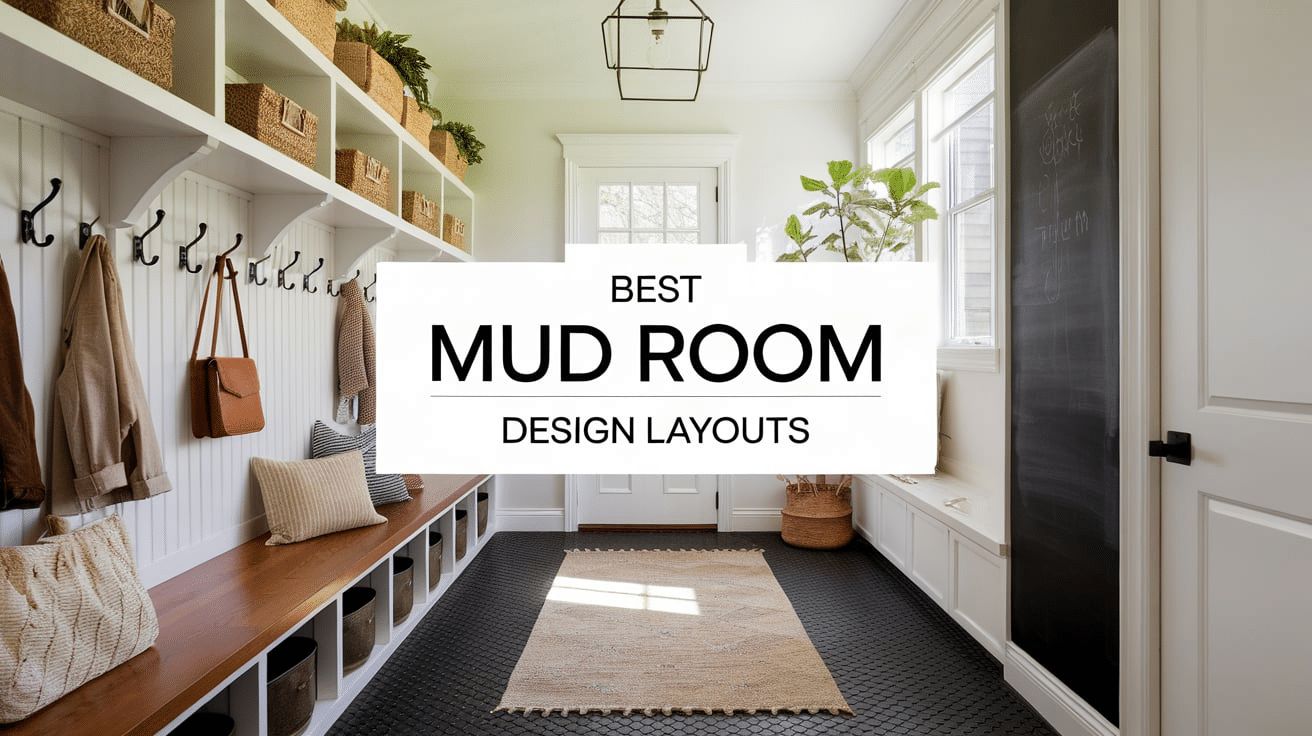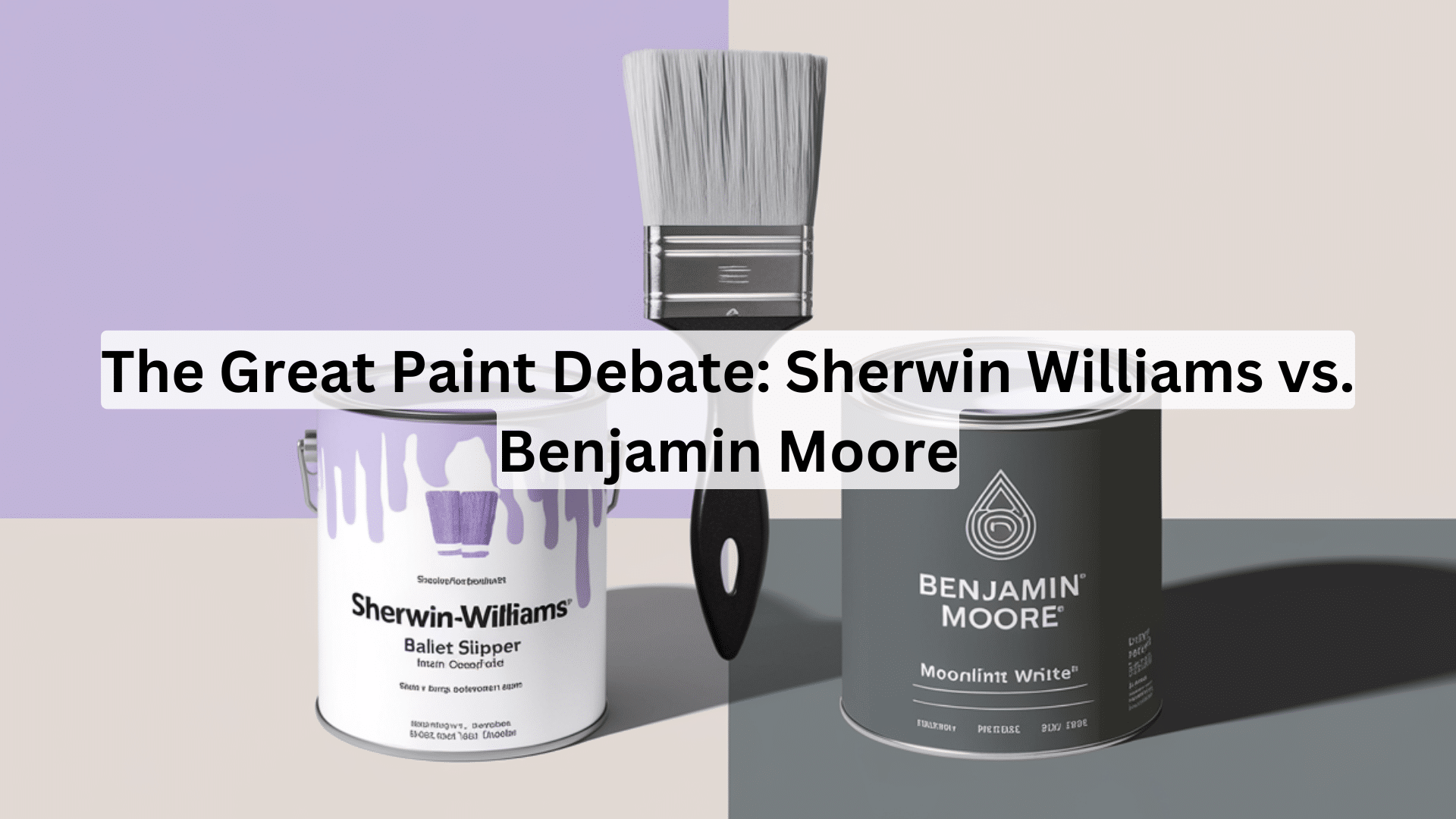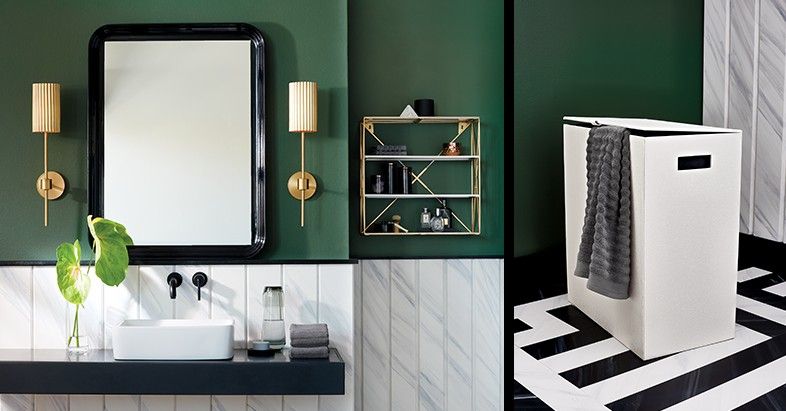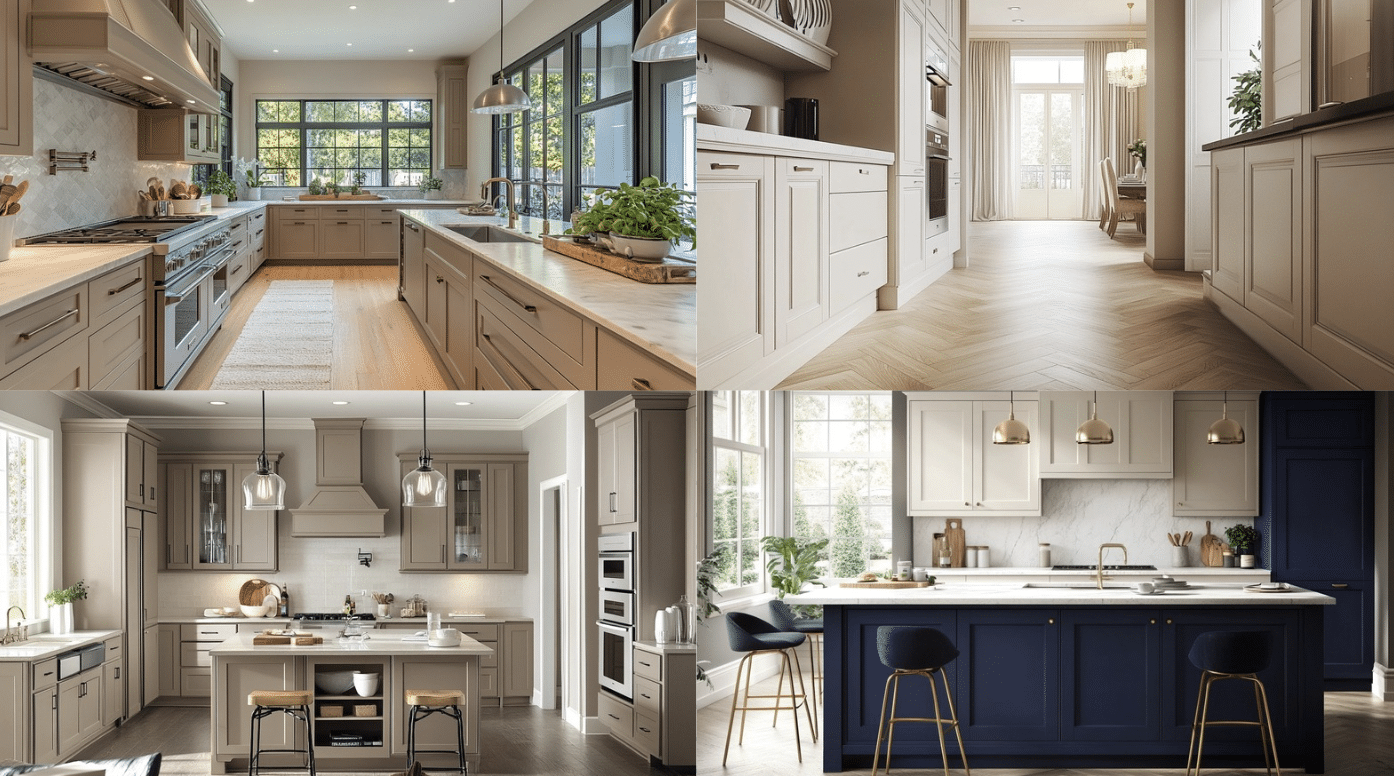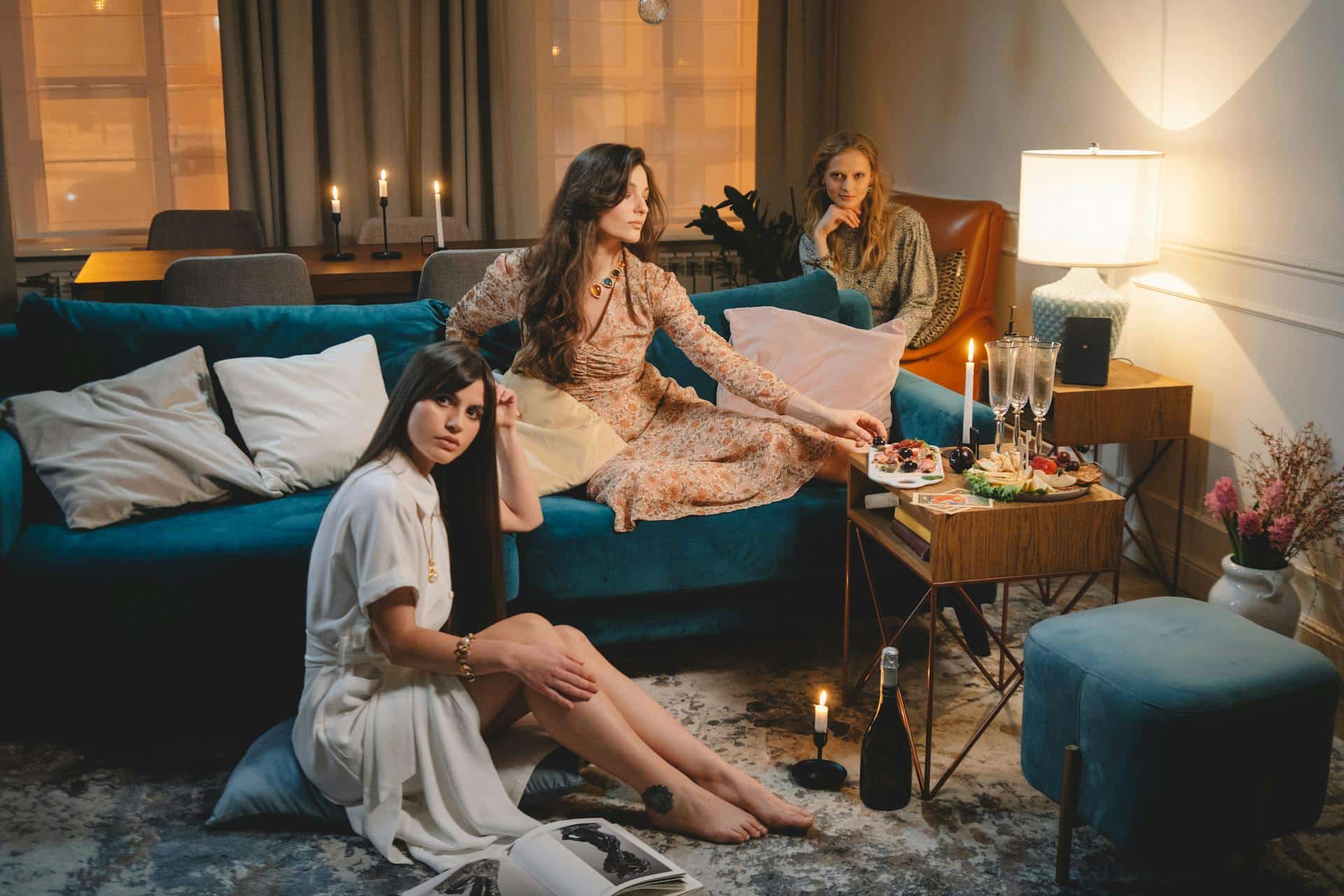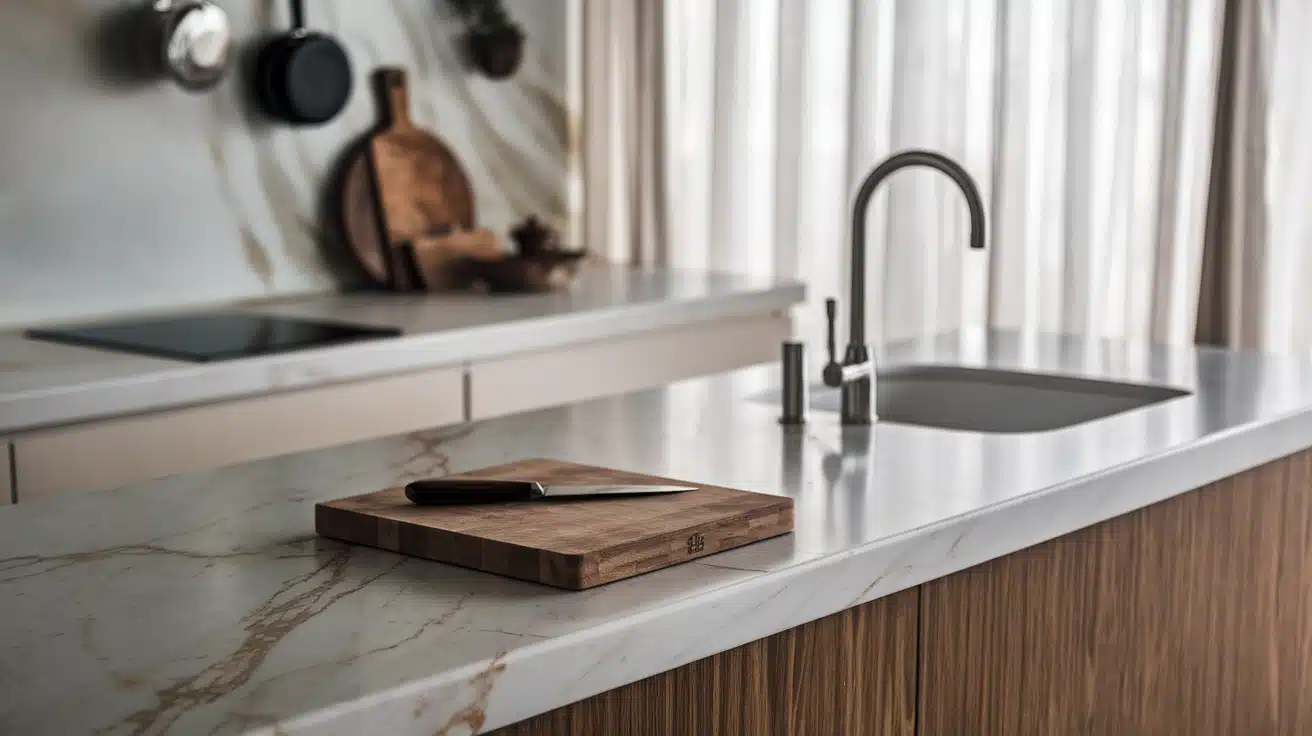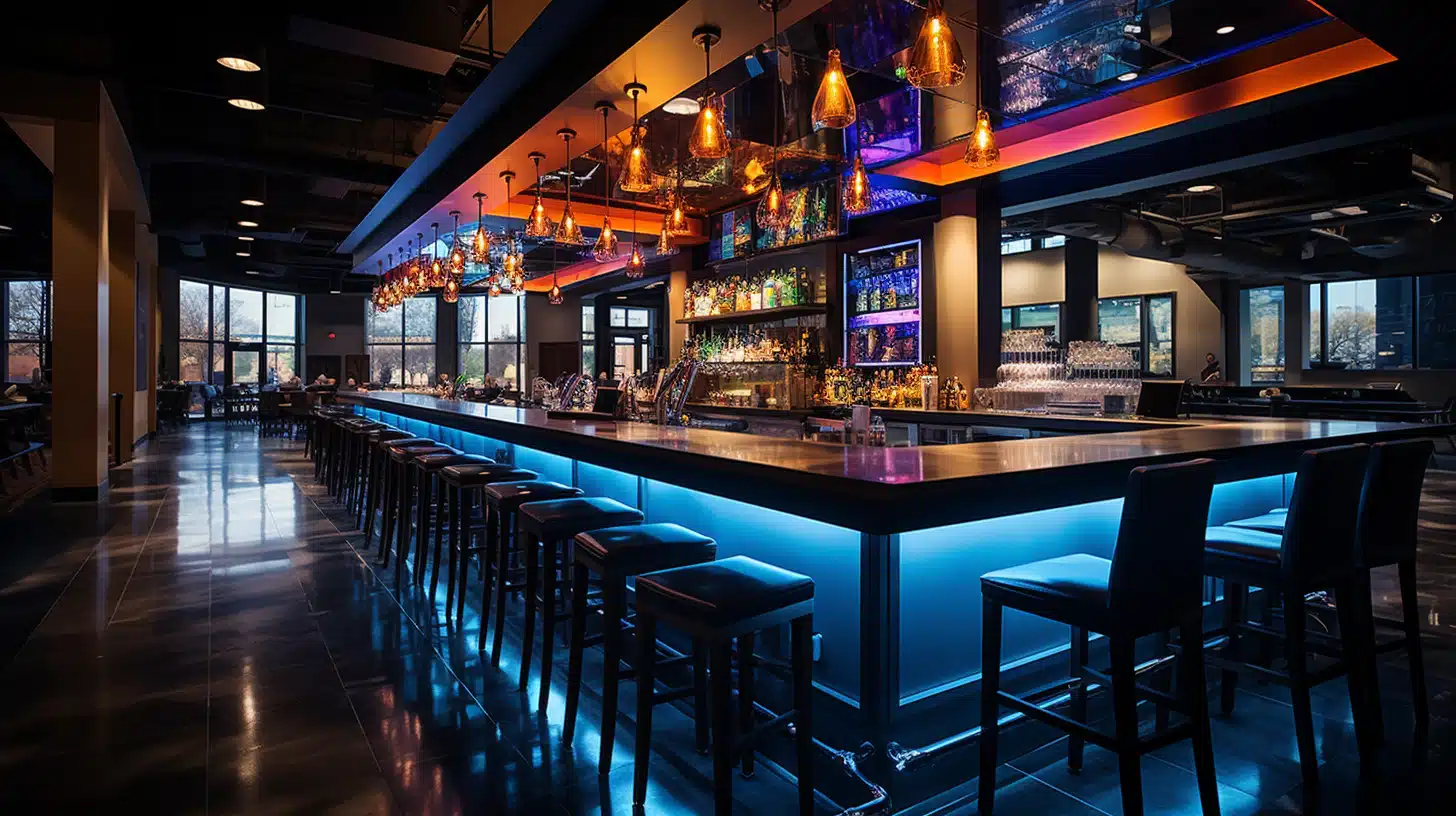15 Best Mud Room Design Layouts for Small and Big Homes
A mud room is one of the most useful spaces in a home. It helps keep things organized and makes life easier.
I love how a well-designed mud room can store shoes, coats, bags, and other everyday items without making a mess.
But not all homes have the same space. Some need a small, compact layout, while others have room for extra storage and seating.
No matter the size, a good layout can make all the difference.
In this blog, I’ll share the best mud room design layouts for both small and big homes.
These ideas will help create a neat and functional space, from simple hooks and benches to full storage systems.
If you want a clutter-free entryway, keep reading for some smart and practical design tips!
Why a Mud Room is Important
A mud room is more than a place to take off shoes and hang coats. It serves several important purposes:
- Keeps your home clean: Mud, dirt, and water stay in the mud room instead of spreading through the house.
- Provides storage space: A good mud room layout helps store everyday items like shoes, jackets, backpacks, and keys.
- Reduces clutter: Instead of dumping things in the hallway or living room, everything has a designated spot.
- Makes leaving and entering easier: No more rushing to find shoes or coats in the morning. A well-organized mud room saves time.
Now, let’s look at some of the best mud room layouts for small and big homes!
Mud Room Layout Designs for Small Homes
If you have a small mud room or a tiny entryway, space-saving solutions are a must. You don’t need a huge area to make your mud room functional—just a little creativity and smart storage ideas.
1. Use Wall Hooks for Easy Storage
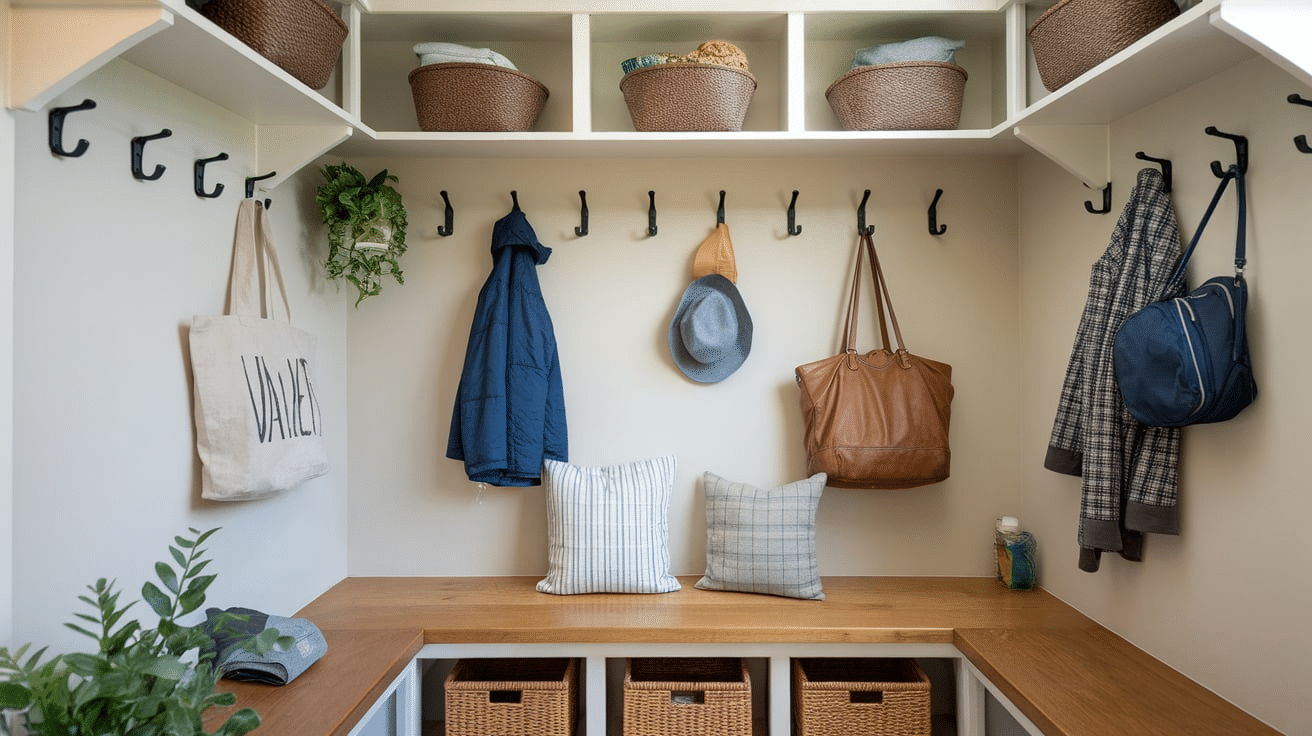
When floor space is limited, wall space becomes your best friend. Install hooks on the wall to hang coats, bags, scarves, and hats. Hooks are easy to install and don’t take up much room.
2. Add a Slim Bench with Storage
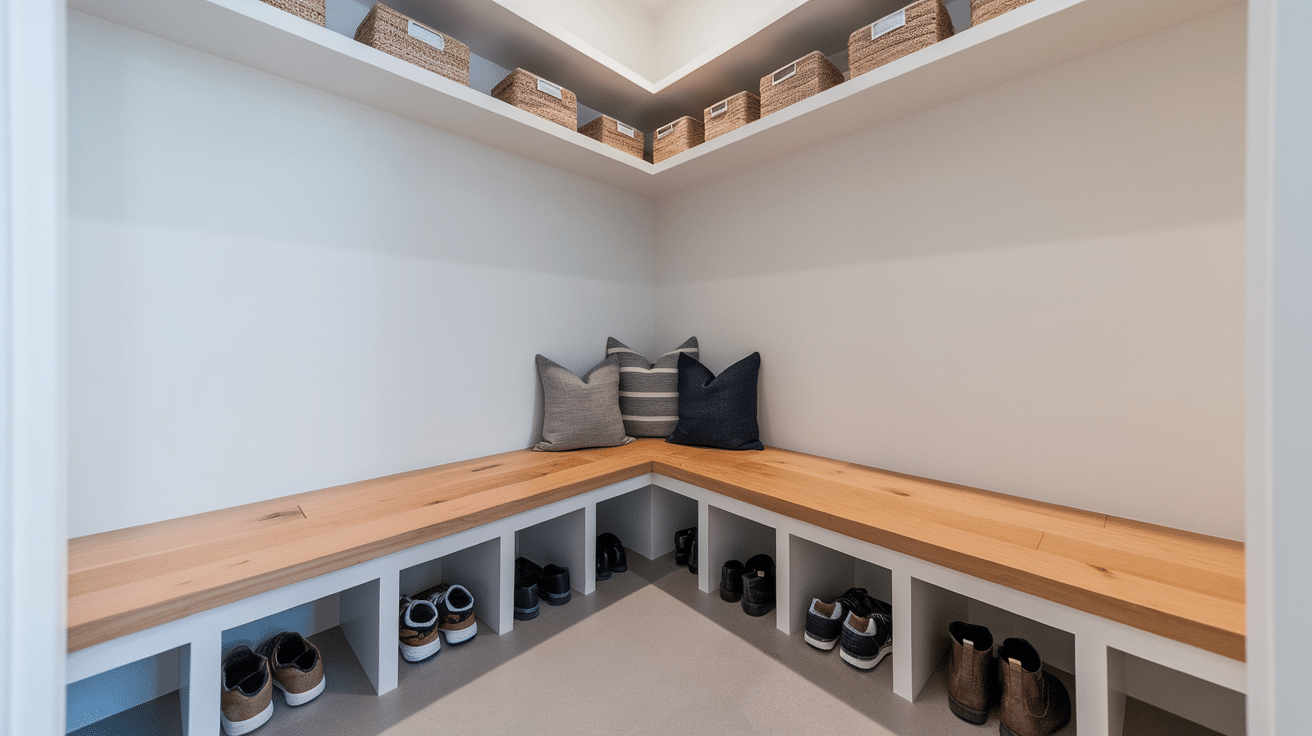
A small bench provides a place to sit while putting on shoes. Choose a slim design with built-in storage underneath for shoes or baskets.
3. Install Floating Shelves for Extra Space
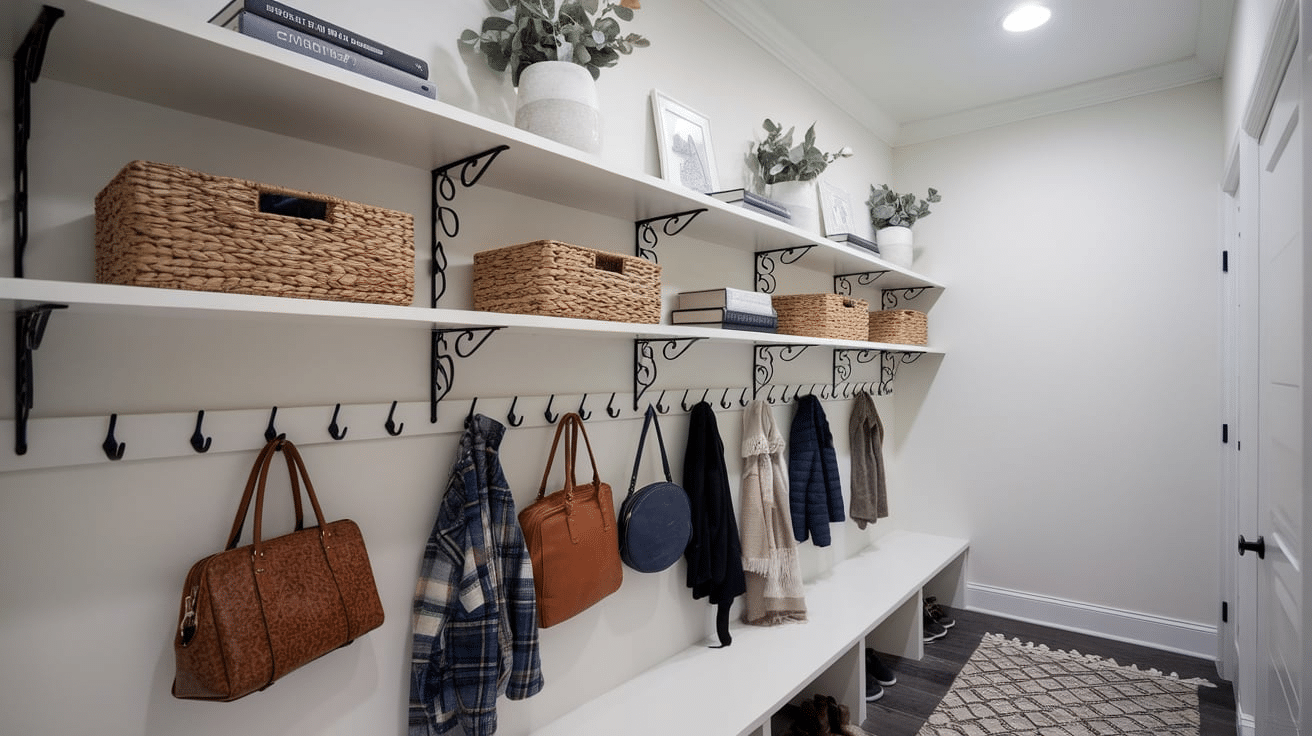
Floating shelves above your hooks or bench provide additional storage for baskets, mail, or decorative items.
4. Use an Over-the-Door Organizer
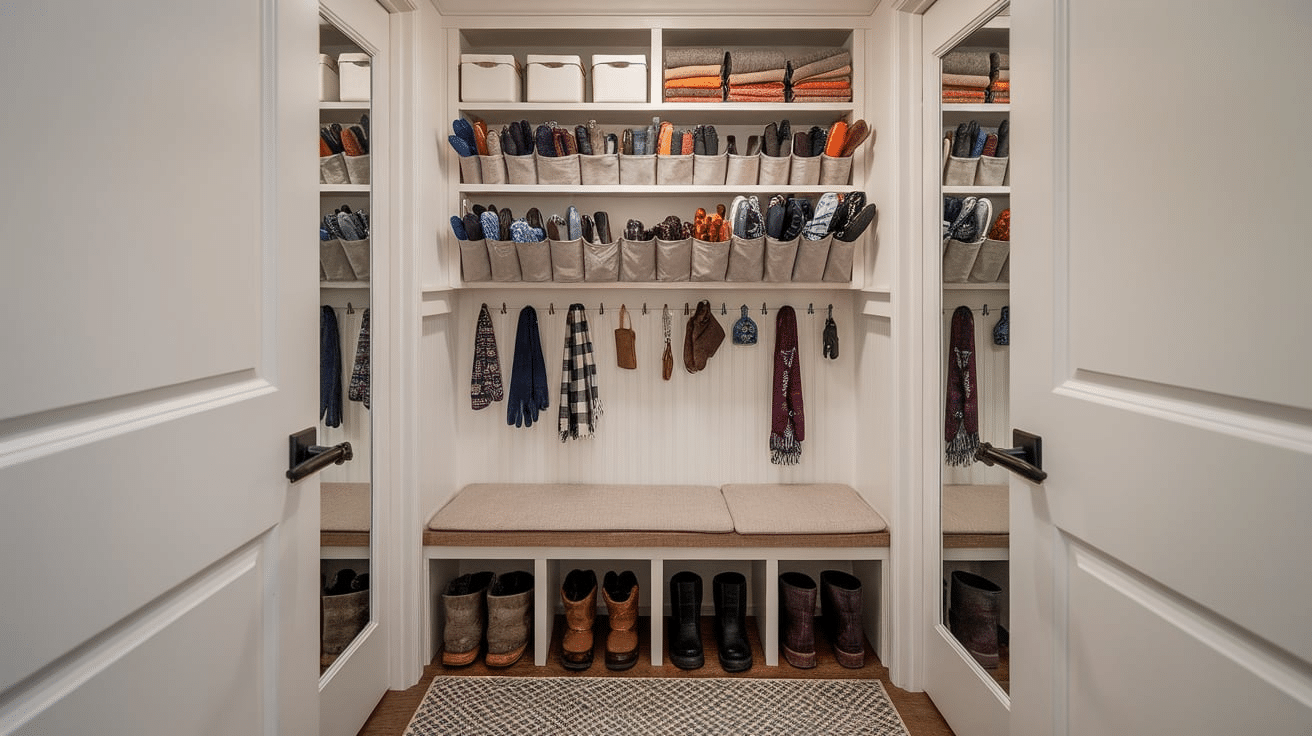
An over-the-door organizer can store small items like gloves, keys, and pet leashes without taking up any extra space.
5. Create a Corner Mud Room
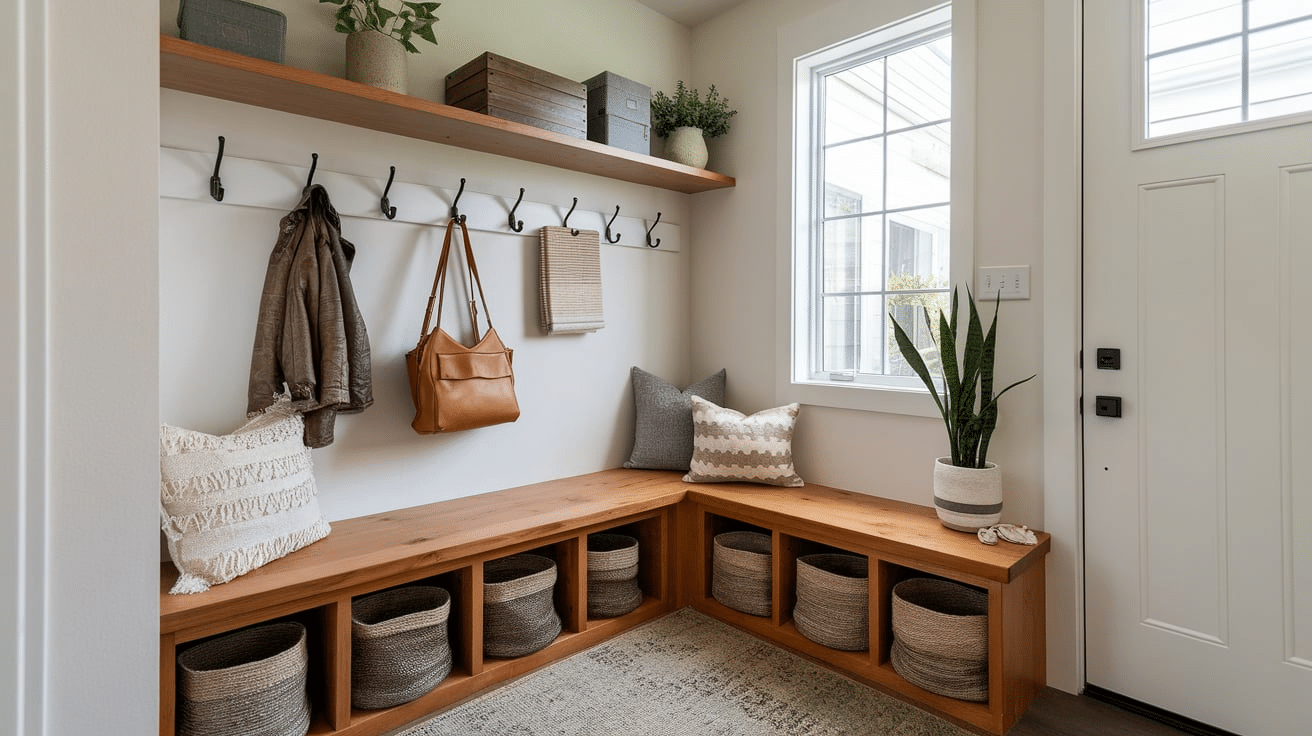
If you don’t have a separate mud room, turn a small corner near the entrance into a functional space with hooks, a shoe rack, and a narrow bench.
6. Install a Pegboard for Custom Storage
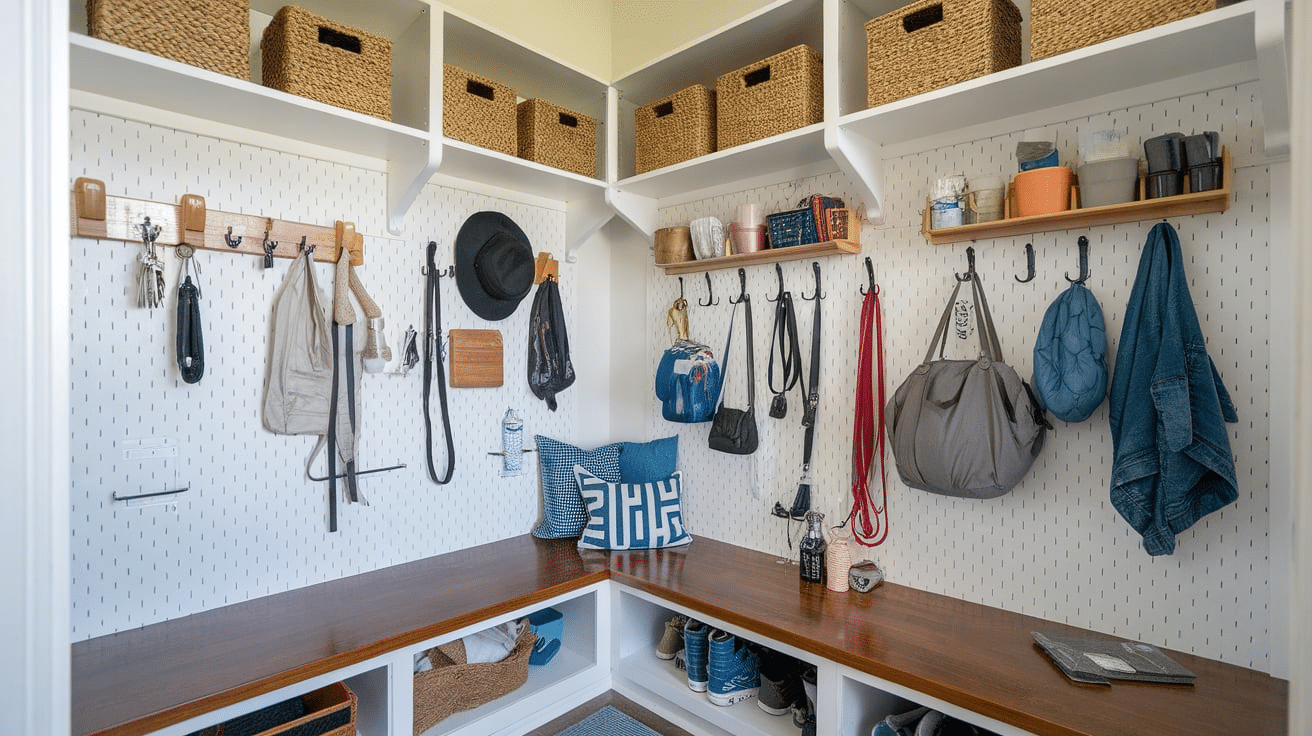
A pegboard allows you to hang and rearrange baskets, hooks, and shelves to fit your needs. It’s perfect for keeping things organized in a small space.
7. Try Foldable Seating for Tight Spaces
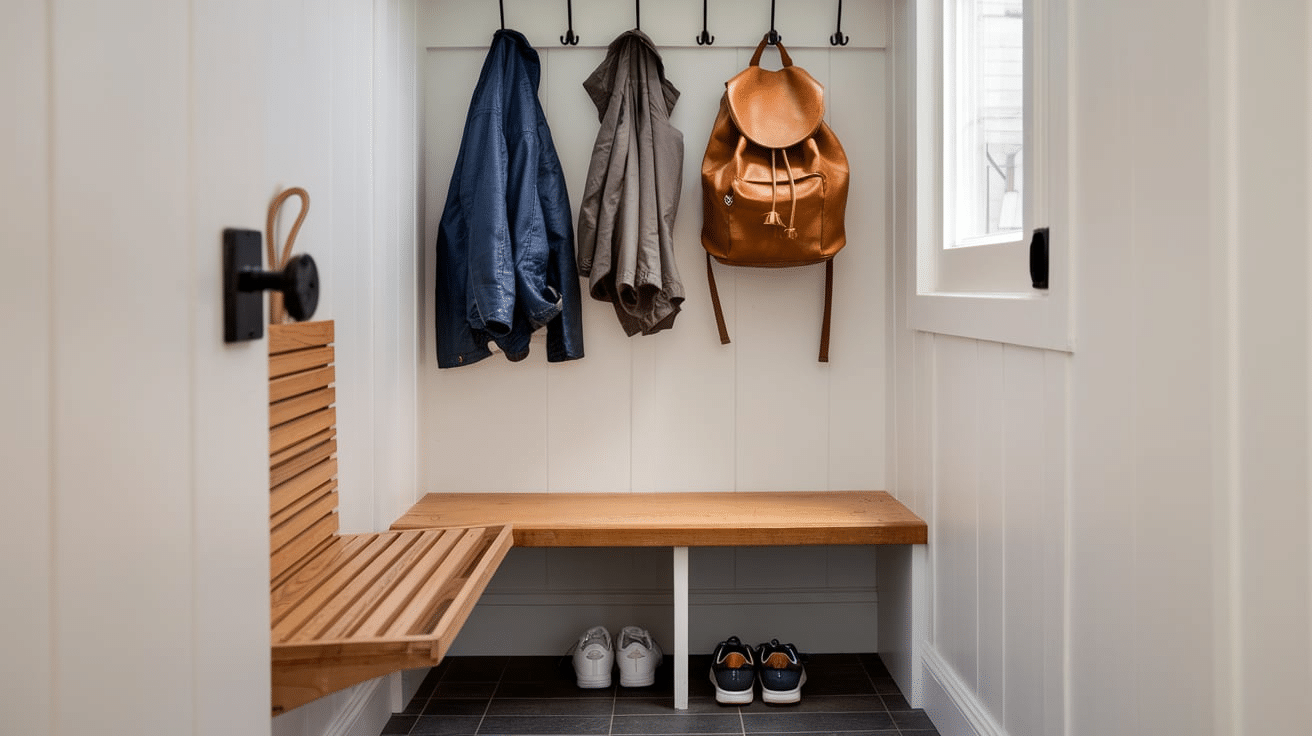
A wall-mounted, foldable seat is great for tiny mud rooms. It provides a place to sit when needed but folds away when not in use.
8. Use the Space Under the Stairs
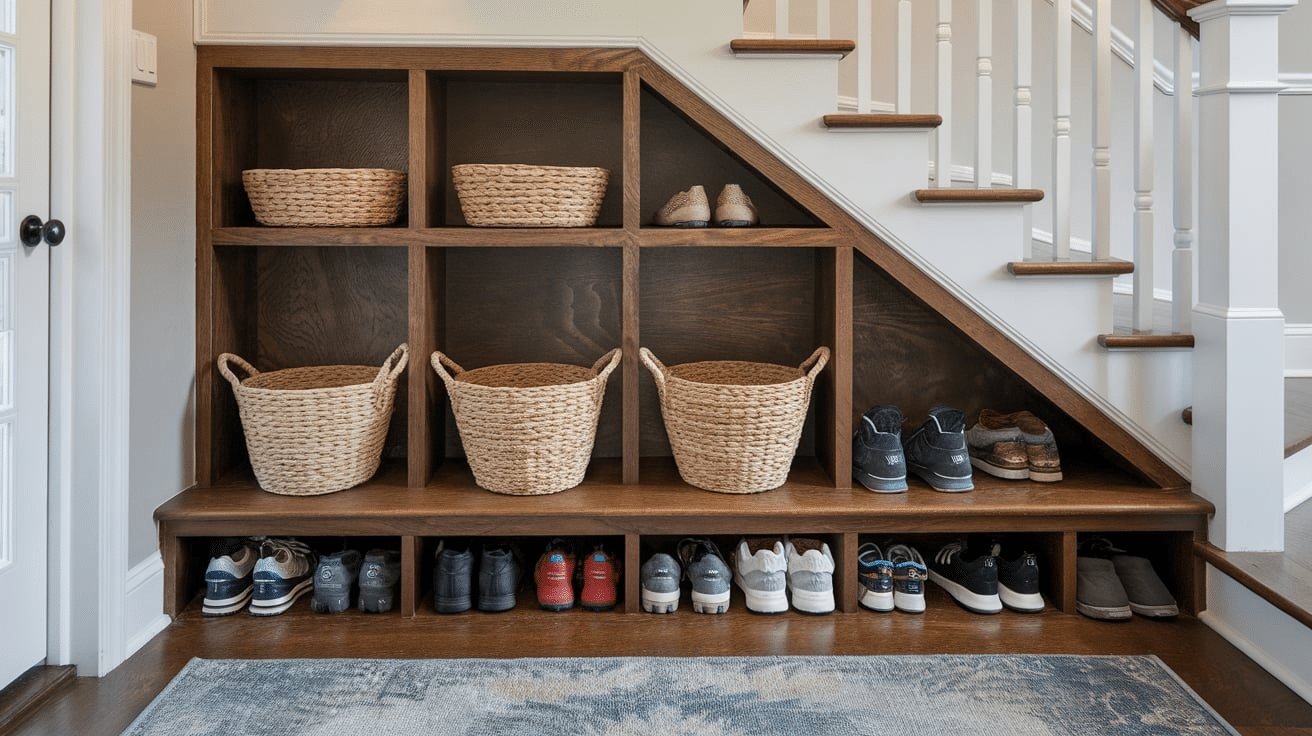
If your mud room is near a staircase, transform the space under the stairs into storage for shoes, jackets, or even pet supplies.
Mud Room Layout Designs for Big Homes
A larger mud room gives you more flexibility to add extra features for better organization and functionality. Here are some design ideas for a spacious mud room.
9. Install Built-In Lockers for Each Family Member
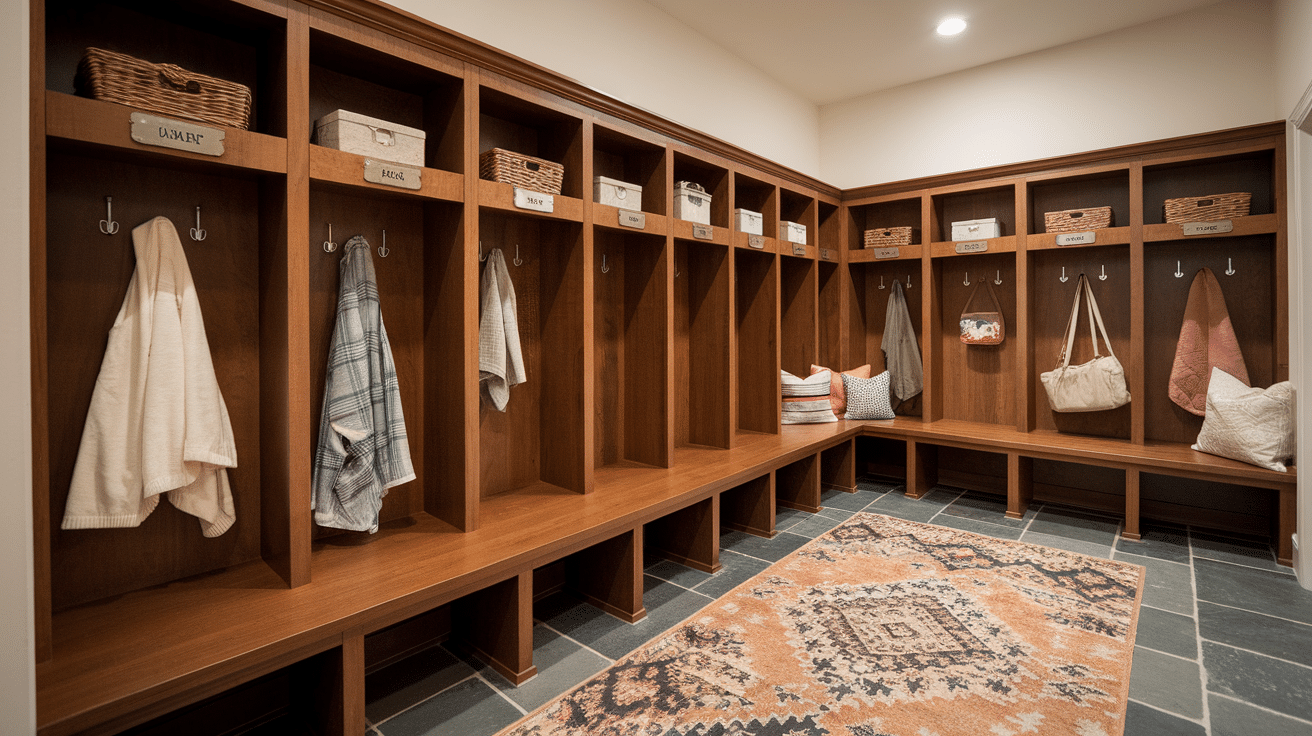
Built-in lockers keep everyone’s things in one place. Assign a locker to each family member for coats, bags, and shoes.
10. Use a Long Bench with Cubbies
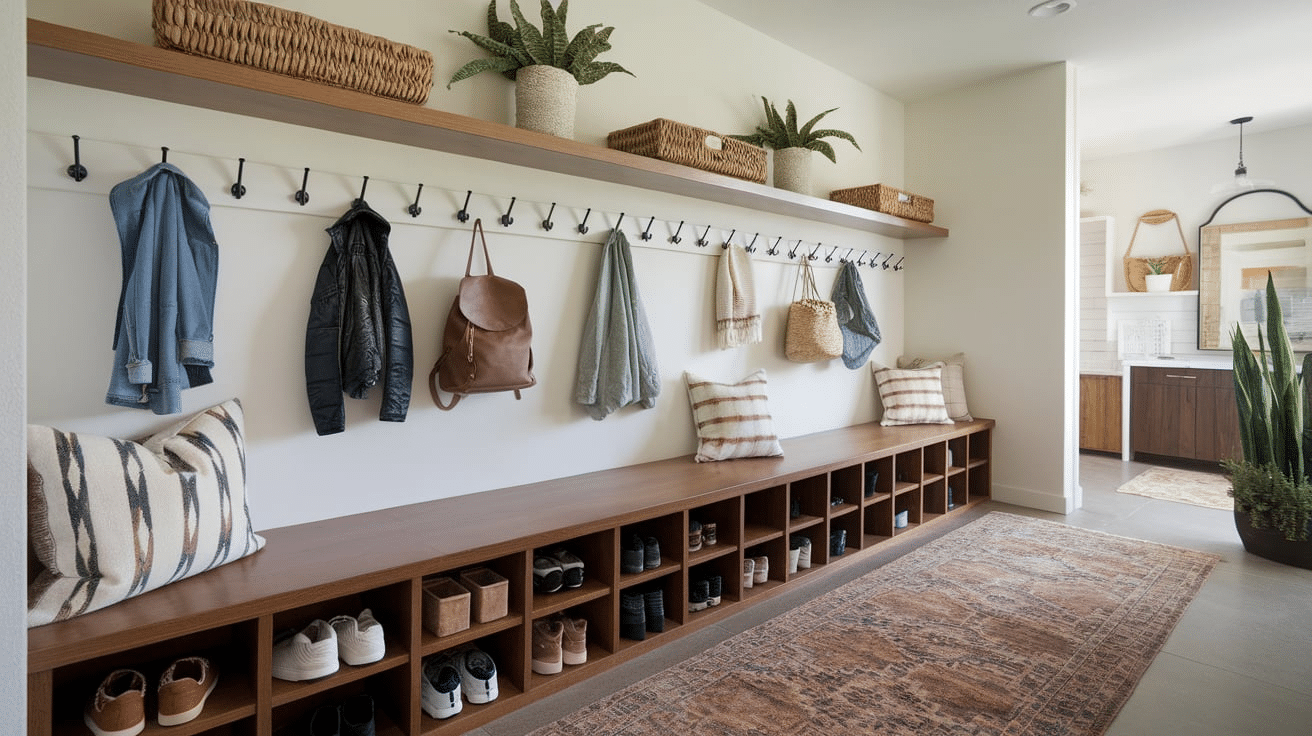
A long bench provides seating for multiple people. Add open cubbies underneath to store shoes, baskets, or sports gear.
11. Add a Closet for Hidden Storage
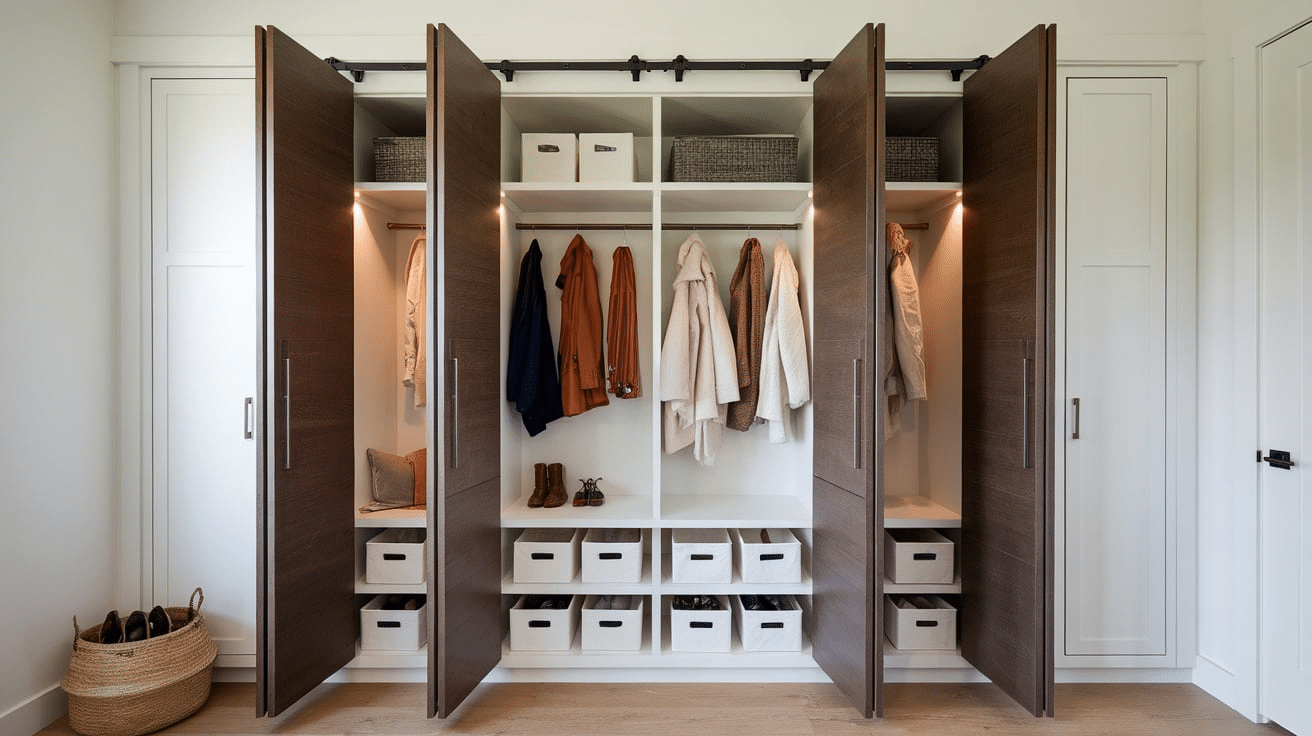
If you prefer a clean and clutter-free look, install a closet in your mud room to hide coats, bags, and other items.
12. Combine the Mud Room with a Laundry Area
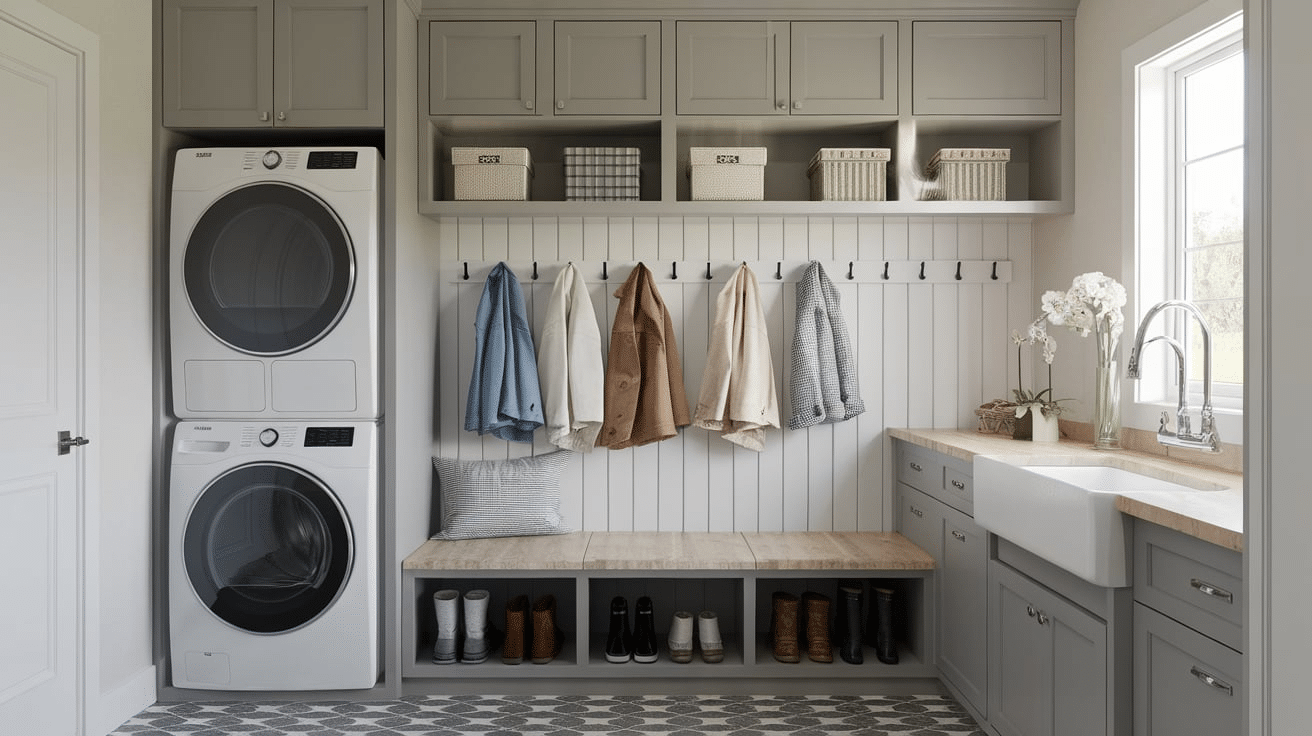
A mud room with a washer and dryer is great for managing dirty clothes. Kids’ muddy clothes can go straight into the wash instead of spreading dirt throughout the house.
13. Install a Utility Sink for Messy Jobs

A sink in the mud room is useful for washing hands, shoes, and pet paws before entering the house.
14. Create a Drop Zone for Keys and Mail
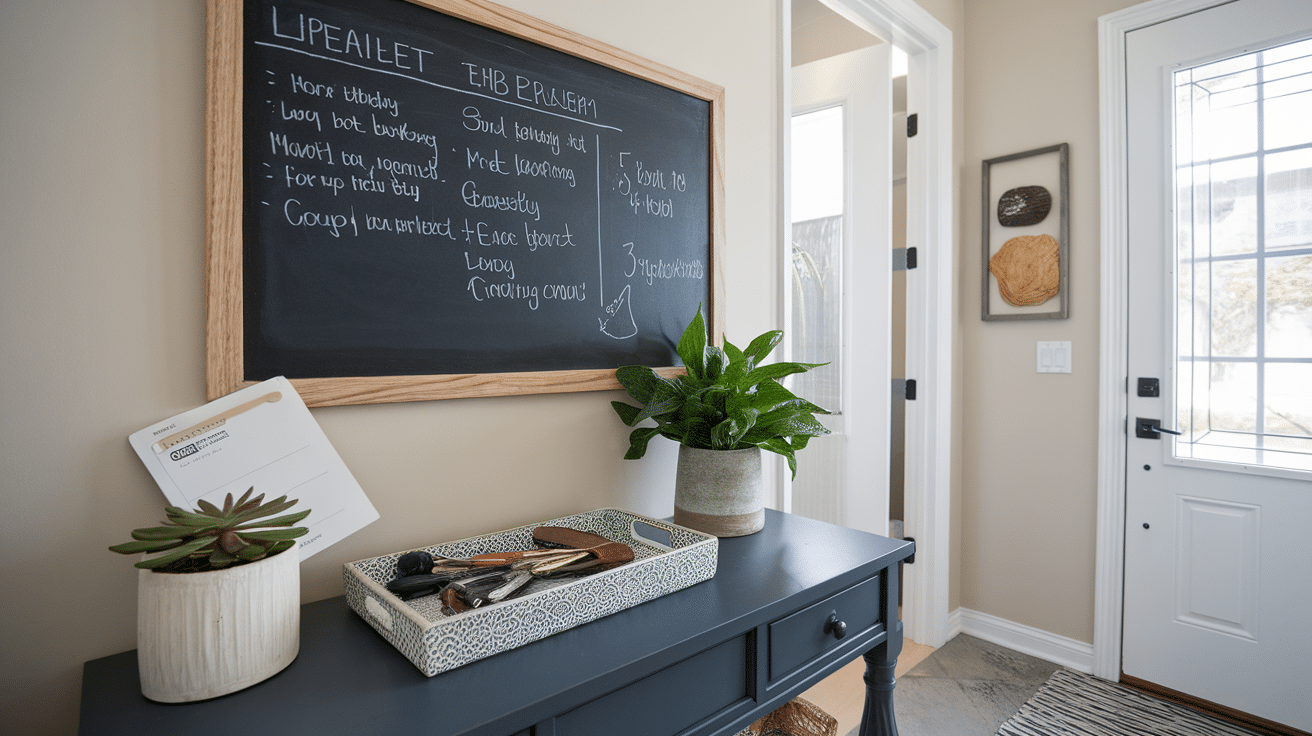
A small counter or table near the entrance is perfect for dropping keys, wallets, and mail. Use small trays or baskets to keep things organized.
15. Make a Separate Mud Room Entrance for Pets

If you have pets, create a small area with hooks for leashes, bins for pet supplies, and a cozy bed.
16. Use a Chalkboard or Whiteboard for Notes
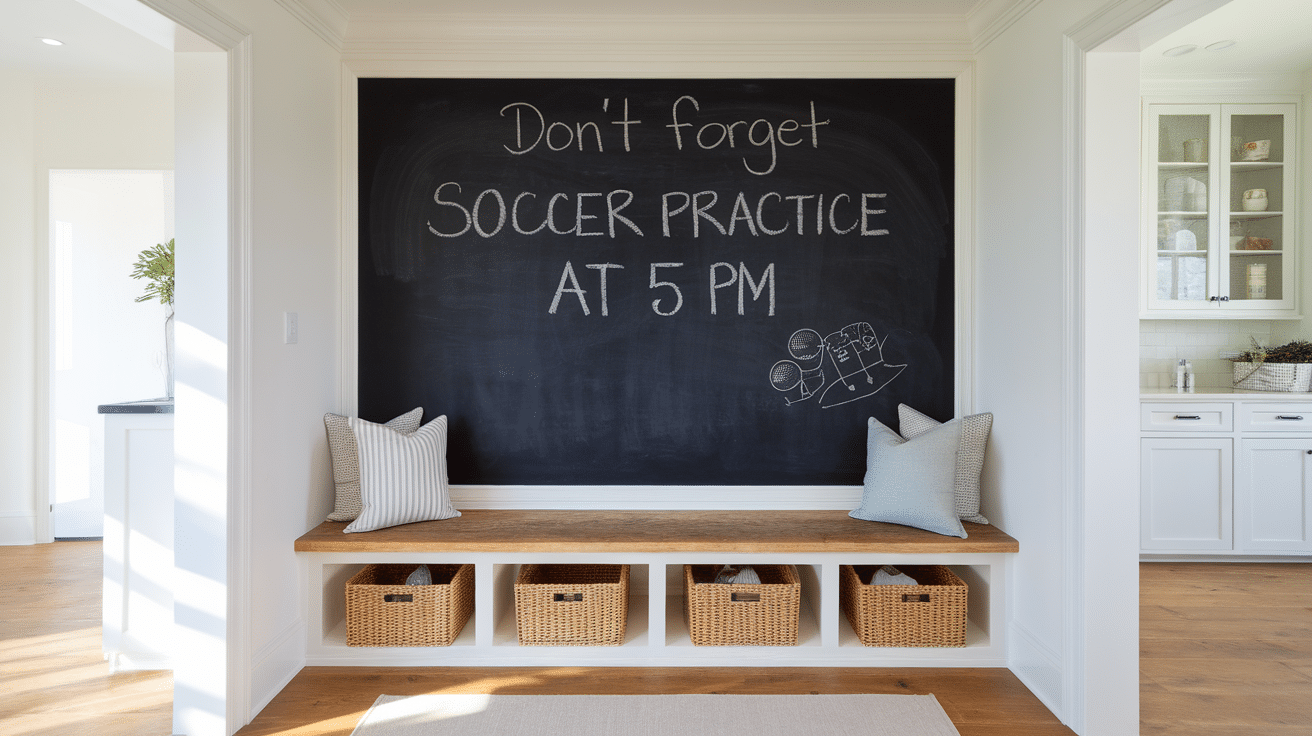
A board on the wall helps keep track of schedules, grocery lists, or reminders for the family.
Additional Mud Room Design Tips
Choose the Right Flooring
Since mud rooms handle a lot of dirt and water, pick durable and easy-to-clean flooring like tile, vinyl, or laminate.
Use Waterproof Mats and Rugs
Place waterproof mats at the entrance to catch dirt and moisture before it spreads into the house.
Label Everything
Label baskets, bins, and lockers to keep things organized and make it easy for everyone to find what they need.
Add Good Lighting
Bright lighting makes a mud room feel welcoming and functional. Use ceiling lights, wall sconces, or under-shelf lighting for better visibility.
Make It Stylish and Cozy
Even though a mud room is a functional space, it can still look great! Add a touch of décor with framed art, plants, or stylish storage baskets.
Use Multi-Functional Furniture
Furniture that serves more than one purpose is great for mud rooms. A storage bench, for example, provides seating and keeps things hidden at the same time.
Maximize Vertical Space
Use tall cabinets, wall-mounted shelves, and high hooks to make the most of your mud room’s vertical space.
Does a Mudroom Add Value to Your Home?
Yes! A well-designed mud room can add value to your home in several ways:
- Enhances organization: Homebuyers love practical storage solutions. A neat mud room helps keep clutter out of the main living areas.
- Protects floors and carpets: Keeping dirt and moisture contained prevents damage to your home’s flooring, which helps maintain its value over time.
- Improves functionality: A mud room makes daily routines easier, from getting kids out the door in the morning to managing laundry and pet care.
- Boosts home appeal: Many modern buyers look for homes with dedicated storage spaces. A stylish, well-planned mud room can make your home more attractive.
How to Design a Mud Room

Designing a mud room depends on your space and needs. Here are some important factors to consider:
1. Choose the Right Location
Mud rooms are often placed at:
- The front or back entryway
- The garage entrance
- A side door
- Near the laundry room
Pick a spot that makes sense for your family’s routine.
2. Maximize Storage
Use a mix of hooks, shelves, cubbies, and cabinets to keep everything organized. If you have limited space, use vertical storage to make the most of the area.
3. Pick Durable Flooring
Since mud rooms handle a lot of dirt and water, choose the flooring that is easy to clean and durable. Great options include:
- Tile (Waterproof and easy to wipe)
- Vinyl (Affordable and low maintenance)
- Laminate (Durable and stylish)
4. Add Smart Seating Options
If space allows, include a bench or built-in seating to make putting on and taking off shoes easier.
5. Use Waterproof Mats and Rugs
Place a waterproof mat or rug at the entrance to absorb moisture and trap dirt before it spreads into the house.
6. Label Everything
Use labels on baskets, bins, or lockers for a family-friendly mud roomto keep things organized.
What Should a Mud Room Include?
A good mud room should be both practical and stylish. Here are the key elements to include:
1. Hooks for Coats and Bags
Wall hooks provide easy access to frequently used items like coats, bags, and hats.
2. A Bench for Seating
A bench gives you a place to sit while putting on shoes. Choose one with storage underneath for extra functionality.
3. Shoe Storage
A shoe rack, cubbies, or baskets help keep shoes organized and prevent dirt from spreading into the house.
4. Shelving and Cubbies
Open shelves or cubbies are great for storing baskets, bins, or seasonal accessories like gloves and scarves.
5. A Drop Zone for Keys and Mail
A small table or shelf near the entrance helps keep mail, keys, and small items from getting lost.
6. A Utility Sink (Optional)
If space allows, a sink is useful for washing dirty hands, shoes, or pet paws before entering the main living area.
7. Laundry Area (Optional)
Many mud rooms include a washer and dryer, making it easy to deal with muddy clothes right away.
8. Pet-Friendly Features
If you have pets, consider adding a pet bed, leash hooks, and storage bins for food and toys.
Conclusion
A well-designed mud room keeps your home organized and makes daily life easier.
Whether you have a small entryway or a spacious mud room, the right layout can help you create a functional and stylish space.
Try adding hooks, shelves, benches, and storage solutions to make the most of your space. Even small changes can help keep your home clean and clutter-free.
Now, it’s time to design the perfect mud room for your home!
Which ideas do you love the most? Let me know in the comments!
Frequently Asked Questions
How do I design a mud room in a small space?
Use wall hooks, floating shelves, and slim benches to maximize space. A pegboard or over-the-door organizer can help with extra storage. Keeping things vertical is key to a functional small mud room.
What are the best flooring options for a mud room?
Tile, vinyl, and laminate are great choices because they are durable and easy to clean. Avoid carpets since they trap dirt and moisture. Waterproof mats can also protect the flooring.
How can I keep my mud room organized?
Use labeled bins, baskets, and cubbies to store different items. Install hooks for coats and bags, and keep shoes in designated racks. Rotating seasonal items can also help free up space.
Can a mud room double as a laundry room?
Yes, combining a mud room with a laundry area is a great way to save space. It allows you to wash dirty clothes immediately, keeping the rest of the house cleaner. Adding a utility sink makes it even more functional.

